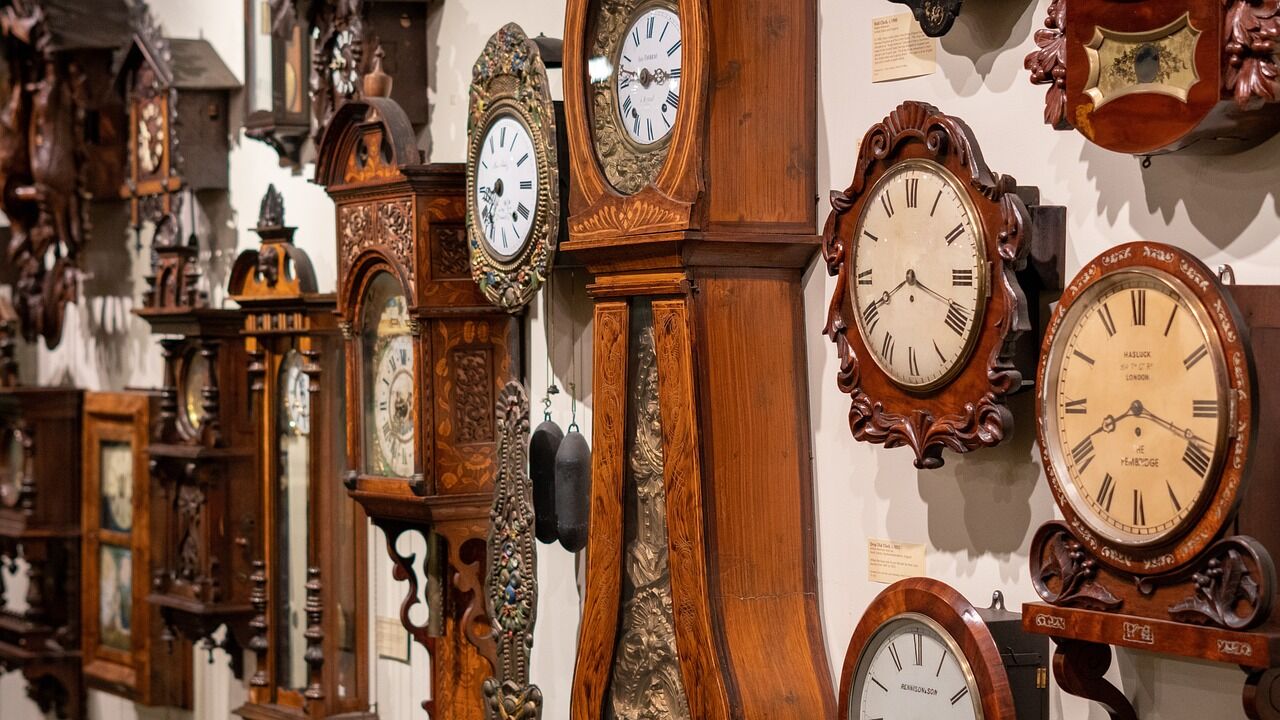Luxury Watch Repair and Service: What Owners Should Beware Of

Owning a luxury watch is more than simply keeping time—it's about heritage, artistry, and personal investment. Whether it’s a Rolex passed down through generations, or a freshly acquired Patek Philippe, these intricate machines require more than admiration—they demand careful and precise maintenance. But as more watch owners seek servicing for their prized timepieces, risks begin to emerge in the form of unqualified repairs, counterfeit parts, and long-term value degradation.
Luxury watch servicing is not just a technical job—it’s a trust-based relationship. Entrusting your chronograph or perpetual calendar to the wrong hands could cost more than just money. It could erase the very value that made the watch special. Here's what every owner should know before opening the caseback on their investment.
Authorized vs. Independent Servicing: A Crucial Decision
One of the most important decisions a luxury watch owner will face is whether to go with the original brand’s service center or a third-party repair shop. While independent horologists may offer lower prices and shorter wait times, they often lack access to genuine replacement parts, proprietary tools, or brand-certified training. This can lead to improper gasket fittings, incorrect torque settings, or worst of all—voiding your warranty.
On the other hand, authorized brand centers can be notoriously slow and expensive, with some services taking months and costing thousands of dollars. However, they guarantee factory-level restoration, full pressure testing, and authentication—all of which are crucial if resale value or collector status matters to you.
Watch Out for Counterfeit or Salvaged Parts
With the rise in demand for high-end watches, there’s also a surge in fake or salvaged parts being used in the black-market repair world. Unscrupulous technicians may replace original bezels, dials, or even movements with aftermarket imitations that look deceptively similar. While the casual eye may not notice, connoisseurs and future appraisers will—and that can significantly diminish a watch's provenance and market value.
Always request a full breakdown of replaced parts and ask for the originals to be returned with your watch. Most reputable service centers will provide a detailed service record and parts report. If they don’t, that’s a red flag.

Moisture and Magnetism: The Silent Killers
Luxury watches are built to last—but even the finest models aren’t immune to environmental hazards. Moisture intrusion is one of the most common—and most costly—threats to high-end timepieces. One tiny breach in the case seal or crown gasket can lead to condensation that corrodes internal components within days. Annual water-resistance tests are essential, even if the watch hasn’t been submerged.
Another subtle enemy? Magnetism. Everyday electronics—like smartphones, tablets, and even laptops—can throw off your watch’s balance spring, causing inaccuracies or complete stoppage. Demagnetization is simple for professionals, but regular testing is advised, especially if your watch seems to run fast or erratically.
The Risk of Over-Polishing
While a fresh polish can make your watch look brand new, it comes at a hidden cost. Over-polishing removes layers of metal, potentially rounding off sharp lug edges, thinning bezels, and erasing original finishes. This is particularly damaging for vintage or collectible models, where originality matters more than shine.
If you must polish, opt for a light touch and specify exactly what should—and shouldn’t—be refinished. Some collectors even prefer visible wear, as it tells a story and maintains authenticity.
Understanding the Full Cost of Servicing
Many first-time luxury watch owners are shocked by the cost of routine servicing—often ranging from $500 to $1500 for mechanical models, and significantly more for complications like tourbillons or minute repeaters. These costs are justified, however, by the intricacy of disassembly, lubrication, adjustment, and testing each component requires. A full overhaul can take dozens of hours even for the most skilled horologist.
Neglecting service intervals can lead to far greater expenses down the road. Worn oils and unchecked friction can cause irreparable damage to the movement, sometimes requiring full part replacements—if parts are even available.
Preserving Value and Legacy
A luxury watch is not just an accessory; it's a legacy. Whether you plan to wear it daily, pass it on, or resell it in the future, how it’s serviced will define its long-term worth. Keeping records, maintaining originality, and choosing the right professionals is not optional—it’s essential.
At the end of the day, watch ownership is both a joy and a responsibility. The same care and precision that went into crafting your timepiece should go into its maintenance. Only then can it truly stand the test of time.
